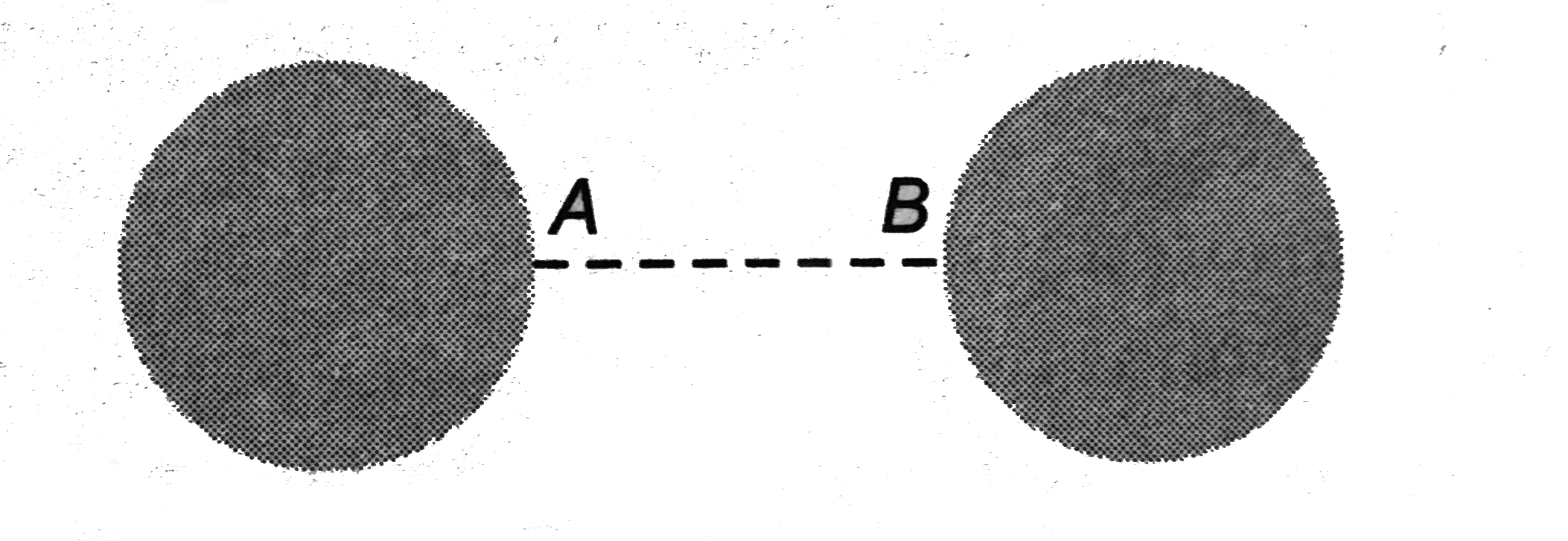Assertion : Identical twins are produced during two births , resulting from the division of a single fertilized egg .
Reaosn : They are of the different sex and otherwise genetically identical.
If both A and R are true and R is the correct explanation of A
If both A and R are true but R is not the correct explanation of A
If A is true and R is false
If both A and R are false
The correct Answer is:D
Step by step video, text & image solution for Assertion : Identical twins are produced during two births , resulting from the division of a single fertilized egg . Reaosn : They are of the different sex and otherwise genetically identical. by Biology experts to help you in doubts & scoring excellent marks in Class 12 exams.
Updated on:21/07/2023Topper's Solved these Questions
Similar Questions
Plants genetically identical to the original plant, produced during tissue culture are called
View SolutionAssertion: During asexual reproduction, the offspring that are produced are not only identical to one another but also exact copies of their parent.
Reason: Morphologically and genetically similar individuals are called clones.
View Solution
Knowledge Check
Assertion : Identical twins are produced during two births , resulting from the division of a single fertilized egg .
Reaosn : They are of the different sex and otherwise genetically identical.AIf both A and R are true and R is the correct explanation of ABIf both A and R are true but R is not the correct explanation of ACIf A is true and R is falseDIf both A and R are falseAssertion: In mitosis, two identical cells are produced from a single cell and karyokinesis is followed by cytokinesis.
Reason- Cytokineis is of two types.ABoth assertion and reason are true and the reason is a correct explanation of assertion.BBoth assertion and reaso are true, but the reason is not the correct explanation of the assertion.CAssertion is true, but reason is falseDAssertion is false, but reason is trueAssertion: Two identical waves due to two coherent sources interfere at a point with a phase difference of 2π3, then the resultant intensity at this point is equal to the individual intensity of the sources.
Reason: A phase difference of 2π3 is equivalent to a path difference of λ3.A(a)If both Assertion and Reason are true and the Reason is correct explanation of the Assertion.B(b)If both Assertion and Reason are true and the Reason is not the correct explanation of the Assertion.C(c) If Assertion is true, but the Reason is false.D(d) If Assertion is false, but the Reason is true.
Read the following statements about reproduction and select the correct ones.
(i) It involves a single parent.
(ii) It is slower than sexual reproduction.
(iii) It produces progenty that are genetically identical with the parent but not with one another.
(iv) The progeny of asexual reproduction can be termed as clones.
View SolutionIn the following questions a statement of assertion (A) is followed by a statement of reason ( R).
A: Three vectors having magnitudes 10,10 and 25 cannot produce zero resultant.
R: If three vectors are producing zero resultant then sum of magnitude of any two is more then or equal to magnitude of third and difference is less than or equal to the magnitude of third.
View SolutionAssertion : The interference of two identical waves moving in same direction produces standing waves.
Reason : Various elements of standing waves do not remain in constant phase.
View Solutionidentical wires A amd B of different materials are hung from then ceilling of a room . The density of wire A is greater than the density of wire B but their lengths are same. Identical wave pulses are produced at the bottom of respective wires. The times taken by the pulse to reach the top is
View SolutionAssertion : There are two identical spherical bodies fixed in two positions as shows. While moving from A to B gravitational potential first increases then decreases.

Reason : At centre point of A and B field strength will be zero.
View Solution
